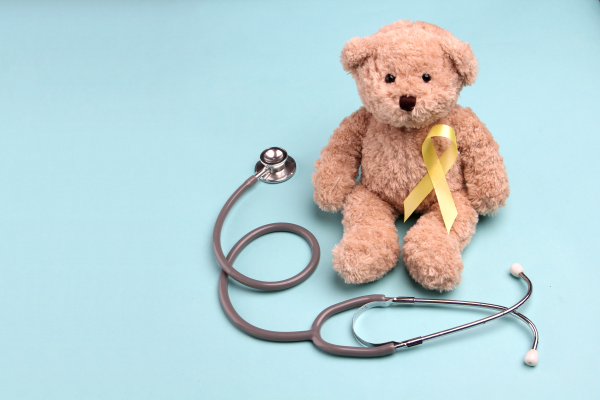Επιπολασμός
Ο παιδικός καρκίνος παραμένει ένα πολύ σημαντικό πρόβλημα υγείας, παρά τα υψηλά ποσοστά επιβίωσης που έχει σε σχέση με τους ενήλικες (1). Δεν παύει, όμως, να είναι και η κυριότερη αιτία θανάτου στα παιδιά (2). Ο παιδικός καρκίνος περιλαμβάνει τις εξής μορφές: λευχαιμία, λέμφωμα, όγκοι......







